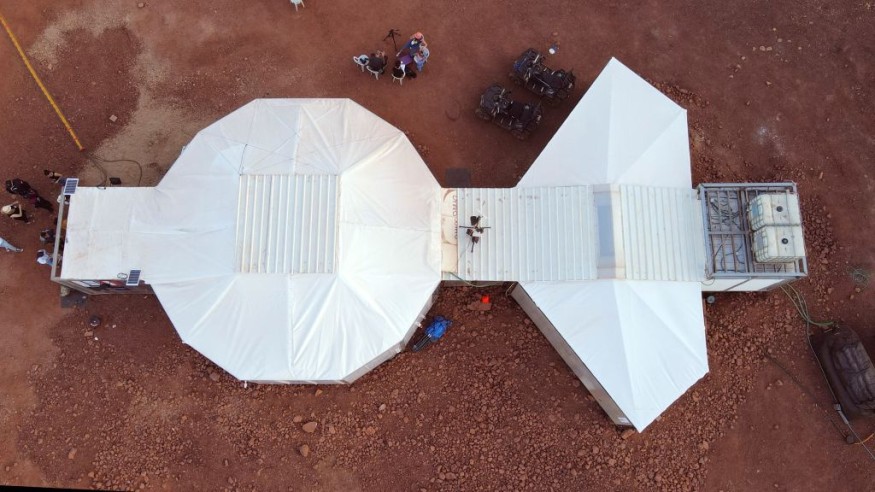This week, one of the country's leading astronomers, Lord Martin Rees, claimed that the apparent solution to some of the challenges involved in the idea of living on Mars is making future explorers part-cyborg.
Mail Online reported that while living on the Red Planet may sound like the plot of the most recent fiction, blockbuster companies, including NASA and SpaceX, "are seriously considering it as a possibility."
Will future Martians really be cyborgs? Why human colonisers will need more than just 'flesh and blood' to survive on the Red Planet - after Astronomer Royal says they will need to merge with robots
— Sharon K. Gilbert (@sharonkgilbert) May 30, 2022
via https://t.co/YJ753LHpqQ https://t.co/Y49TQAqCpd
Several problems presently stand in the way, including constructing self-sufficient spacecraft that can take crew safely, and discovering a technique to protect astronauts from, hazardous collar and cosmic radiation, as well as allowing them to live in microgravity on a planet without an atmosphere.
The astronomer said these brave explorers on Mars would be out of the clutches of the regulators, and they would have every incentive to adjust themselves as they are very badly adapted for Mars.

Challenges Met
Lord Rees also said that they would also use the stated techniques to adjust themselves. They could turn into a "quite different species within a generation of two."
It's unknown what mixture they will be of flesh and blood and electronic, although if they become electronic, then they could be close to immortal.
If that's the case, they would be able to make quite a long interstellar voyage that hibernate for millennia. The question, "Will future Martians need" to turn into cyborgs?" now arises.
As indicated in a similar report from the Verified News Explorer Network, there are challenges facing human colonizers hoping to settle on Mars. The same report shows how becoming a cyborg could address some of them.
Keeping Healthy and Fit
One of the major challenges for human colonizers will be staying healthy and fit on the Red Planet. Studies have found that transitioning from one gravity field to another can impact spatial orientation, head-eye, hand-eye coordination, locomotion, and balance.
Astronauts are also experiencing changes to their muscles and bone in space. Furthermore, according to NASA, the fluids in the body shift upward to the head in microgravity, which may put pressure on the eyes and lead to vision problems.
If countermeasures are not implemented, crew members may experience an increased risk of developing kidney stones because of dehydration and increased calcium excretion from their bones.
NASA is looking at many ways to keep astronauts healthy during missions to the Red Planet, including artificial gravity devices and vibration platforms to help regenerate muscles and bones.
Turning into a cyborg, which is detailed in a BBC report, could be advantageous in helping to contradict the impacts of microgravity on the human body.
For instance, humans could be fitted with steel plates or iron lungs under the skin to shield the tender organs and make them more resilient against the impacts of microgravity.
Getting Used to the Climate on Mars
Since the Red Planet is further from the Sun, temperatures there are much colder than on Earth. On Mars, the temperatures can drop as low as -128 degrees Celsius; the lowest temperature on Earth is -88 degrees Celsius.
Fortunately, the next-generation spacesuits of NASA, which the agency unveiled in 2019, are designed to withstand extreme temperatures and need to help keep settlers warm.
NASA explained that the suit is built to endure temperature extremes of -156 degrees Celsius in the shade and up to 121 degrees Celsius in the Sun.
Related information about humans becoming cyborgs is shown on What If's YouTube video below:
RELATED ARTICLE: 5 Major Threats to Overcome Before Humans Reach Mars
Check out more news and information on Mars in Science Times.
© 2025 ScienceTimes.com All rights reserved. Do not reproduce without permission. The window to the world of Science Times.











